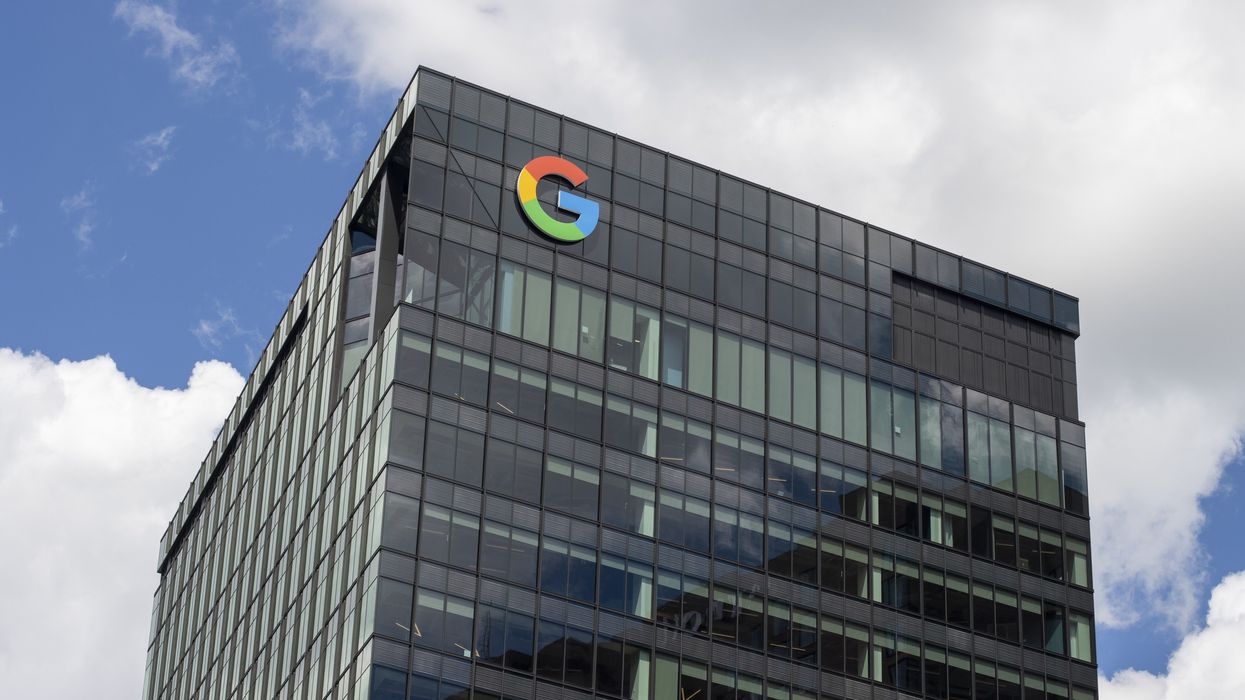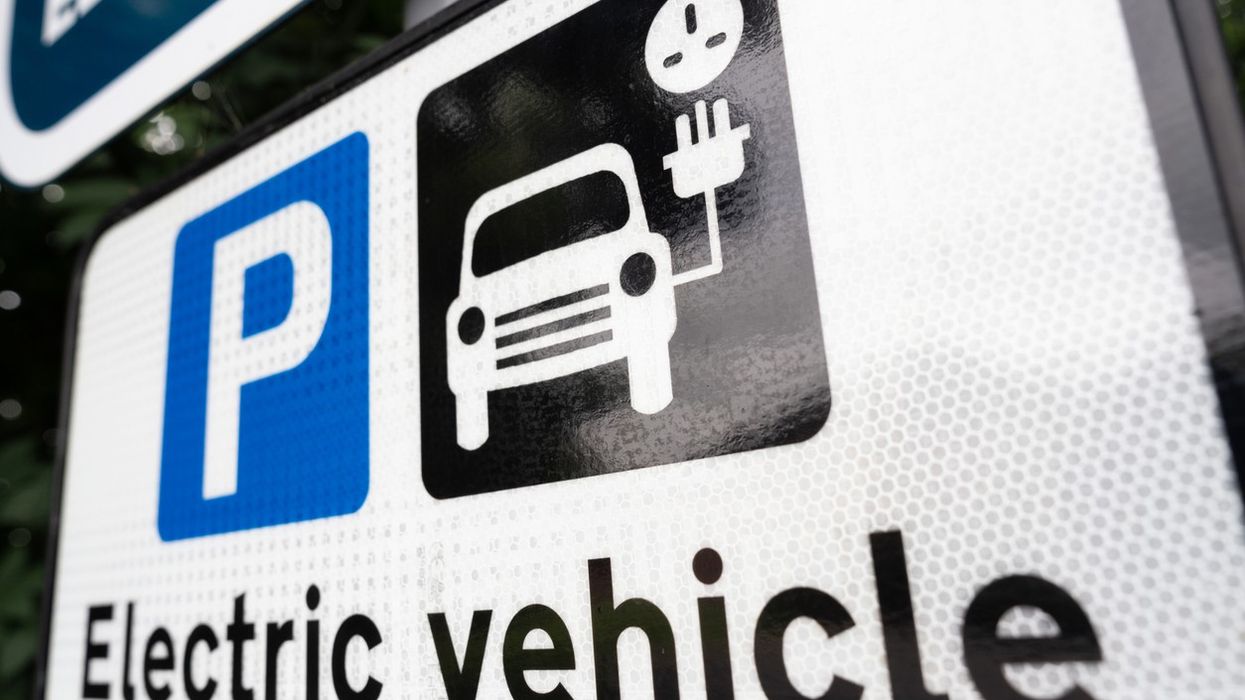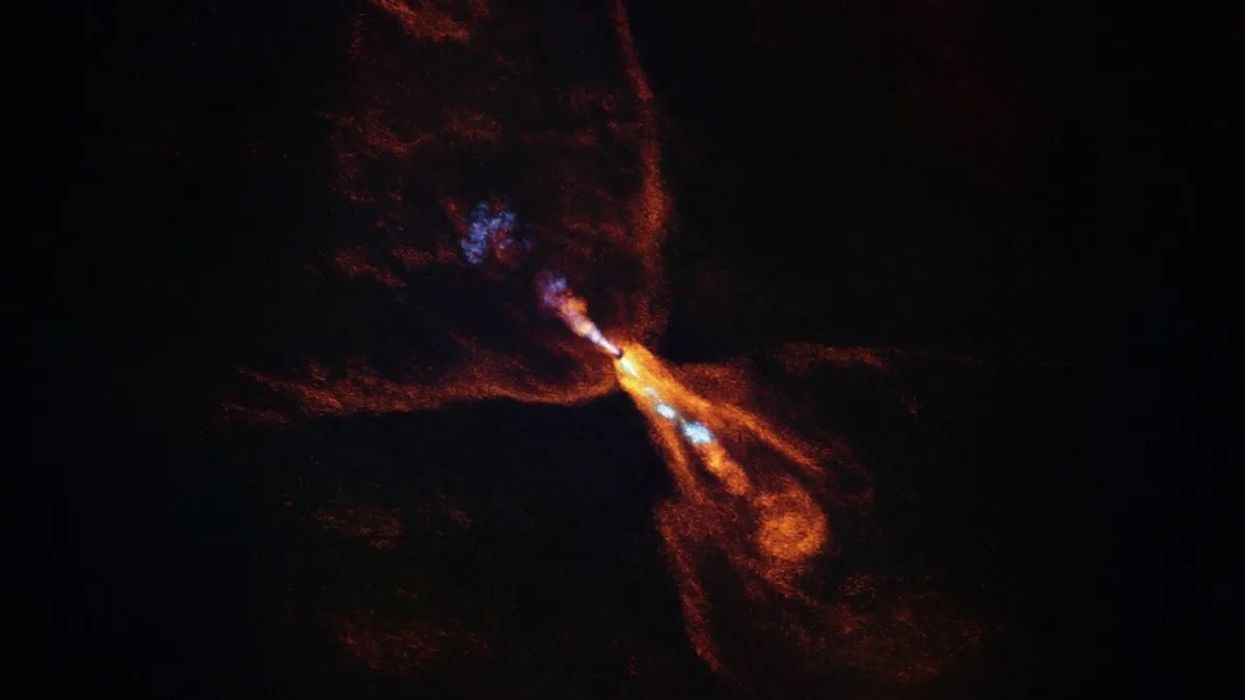Highlights
- Google’s Android Earthquake Alerts system failed to deliver top-level alerts during Turkey’s devastating 2023 earthquake.
- Only 469 “Take Action” warnings were sent out, despite 10 million people being within range of the epicentre.
- Half a million users received lower-level alerts that would not have woken them at night.
- Google has since admitted detection errors and updated its algorithm after re-simulating the quake.
- Scientists warn of over-reliance on tech-driven alert systems in the absence of national alternatives.
Millions missed life-saving alerts during deadly Turkey quake
Google has acknowledged that its Android Earthquake Alerts system failed to send high-level warnings to millions of people during the catastrophic 7.8 magnitude earthquake that struck Turkey on 6 February 2023.
Despite more than 10 million people being within 158 kilometres (98 miles) of the epicentre, only 469 users received the system’s most urgent “Take Action” alert. The system, which uses Android phones to detect ground movement and send early warnings, vastly underestimated the quake’s strength.
The 2023 disaster killed over 55,000 people and injured more than 100,000, as buildings collapsed across Turkey’s southeast in the early hours of the morning.
Underestimated magnitude led to warning failure
According to a new analysis published by Google researchers in Science journal, the system initially misjudged the earthquake’s magnitude as between 4.5 and 4.9 on the moment magnitude scale (MMS), when in reality it was 7.8 — a catastrophic difference.
This meant that instead of issuing the serious “Take Action” alert — which overrides silent settings and activates loud alarms — the system sent out the milder “Be Aware” notification to around 500,000 users. These alerts are designed for light shaking and do not override a device’s Do Not Disturb mode.
This failure was especially critical because the first earthquake struck at 04:17, when most people were asleep. The “Take Action” alert is designed specifically to wake users and give them seconds to seek shelter before the tremors arrive.
Post-event review shows alert system could have worked
Following internal reviews and public pressure, Google revisited the earthquake data using an updated version of the system’s algorithm. The re-simulation indicated that the system could have generated more than 10 million serious alerts to those closest to the epicentre and 67 million lighter alerts to those further away — had the algorithm been tuned correctly at the time.
The same day, a second major earthquake also occurred. This time the system performed somewhat better, sending “Take Action” alerts to over 8,000 users and “Be Aware” alerts to nearly four million.
Critics say transparency came too late
Experts have raised concerns about the delay in publicly acknowledging the system’s failure. Assistant professor Elizabeth Reddy of the Colorado School of Mines said:
“We’re not talking about a little event – people died – and we didn’t see a performance of this warning in the way we would like. I’m really frustrated it took so long.”
Harold Tobin, director of the Pacific Northwest Seismic Network, warned that governments may wrongly assume Google’s system can fully replace national earthquake warning infrastructure.
“Would some places make the calculation that Google’s doing it, so we don’t have to?” he told the BBC. “Being very transparent about how well it works is absolutely critical.”
How Google’s earthquake alert system works
The Android Earthquake Alerts (AEA) system operates in nearly 100 countries and is managed directly by Google, not local governments. It relies on the motion sensors in Android phones — which make up over 70% of Turkey’s smartphone market — to detect seismic activity and triangulate the location and strength of earthquakes.
Due to the relatively slow speed at which seismic waves travel through the earth, even a few seconds of warning can be life-saving.
Google’s system offers two types of alerts:
- “Take Action”: A loud, screen-filling alert for dangerous shaking that overrides silent settings.
- “Be Aware”: A quieter, lower-priority alert for mild tremors, not suitable for life-threatening scenarios.
System improvements and ongoing questions
Following the 2023 disaster, Google updated the algorithm powering AEA to better handle large-magnitude events. The company maintains that the tool is designed as a supplementary system — not a replacement for state-run infrastructure — though it is often used in regions with limited national warning capabilities.
Google told the BBC:
“We continue to improve the system based on what we learn in each earthquake. Every earthquake early warning system grapples with the same challenge — tuning algorithms for large magnitude events.”
The BBC has requested information from Google regarding the AEA system’s performance during the 2025 Myanmar earthquake but has yet to receive a response.













